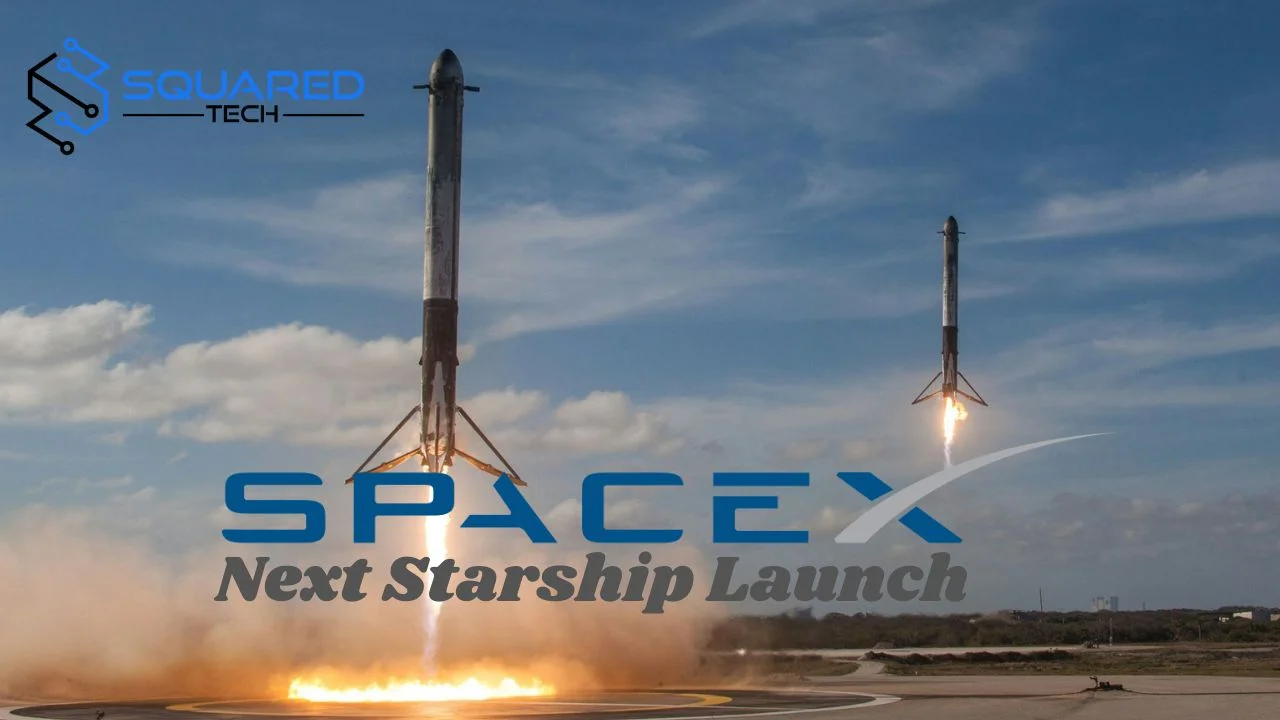The Article Tells The Story of:
- SpaceX to test payload deployment with Starship launch.
- Starlink simulators pave the way for V3 satellite deployment.
- Upgrades to rocket systems aim to boost reliability.
- A thrilling booster “catch” attempt adds to the excitement.
Starship to Test Payload Deployment for the First Time
SpaceX is taking a significant step forward in its Starship program with the upcoming launch. For the first time, the mission will include payload deployment, carrying 10 Starlink simulators. These mock satellites are engineered to mimic the size and weight of the next-generation V3 satellites, serving as a test run for future missions.
The Starship upper stage, carrying the simulators, will follow a predefined trajectory and eventually splash down in the Indian Ocean. This marks a pivotal test of Starship’s ability to manage payloads and execute deployments, a feature crucial for its intended role in space exploration and satellite deployment.
Revolutionizing the Starlink Network
The operational V3 satellites represent a major upgrade to SpaceX’s Starlink network. Compared to the current V2 Mini satellites launched via Falcon 9, the V3 models are significantly heavier and more powerful. Each V3 satellite offers over 10 times the downlink and 24 times the uplink capacity of its predecessor.
Starship’s ability to carry 60 V3 satellites in a single launch is a game-changer. With an added capacity of 60 terabits per second per mission, Starship accelerates the expansion of the Starlink network, enabling faster global internet speeds and more reliable connectivity. This shift not only enhances SpaceX’s competitive edge but also reduces the cost per satellite deployment, making broadband access more affordable and accessible worldwide.
Check Out Similar Article of Watch the Live Launch Tonight as SpaceX Falcon 9 Rocket Sets Record with 16th Mission Published on July 9, 2023 SquaredTech
Major Upgrades to Starship
This seventh Starship test launch incorporates several technical improvements to boost performance and reliability. Enhancements include:
- Upgraded Propulsion System: Refinements to the Raptor engines for greater thrust and efficiency.
- Advanced Avionics: Improved navigation and control systems for precise trajectory management.
- Reinforced Heat Shield: Better protection for the rocket during re-entry to withstand extreme temperatures.
These upgrades are part of SpaceX’s ongoing efforts to perfect the Starship system for both orbital missions and its long-term vision of interplanetary travel.
Ambitious Booster Catch Attempt
A standout feature of this mission is the planned “catch” of the Super Heavy booster. SpaceX first accomplished this feat during the fifth test flight in October. This involves guiding the booster back to its launch tower, where it is caught mid-air using specialized arms. Successfully repeating this maneuver further validates SpaceX’s reusable rocket technology, a cornerstone of its cost-effective space operations.
Looking Ahead
This test flight marks a critical milestone in the Starship program. Beyond its immediate goals of payload deployment and system improvements, it sets the stage for SpaceX to begin deploying operational V3 satellites in the near future. These advancements not only strengthen Starlink’s position in the satellite internet market but also demonstrate the versatility and scalability of the Starship platform.
With its unmatched payload capacity and focus on reusability, Starship is poised to redefine satellite launches and open new possibilities for space exploration. The success of this mission will bring SpaceX closer to achieving its ambitious vision of a connected and accessible future, both on Earth and beyond.
Stay Updated: Space


